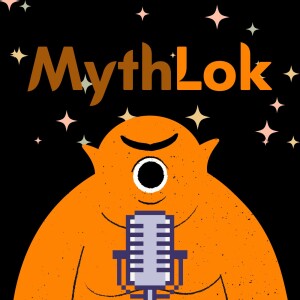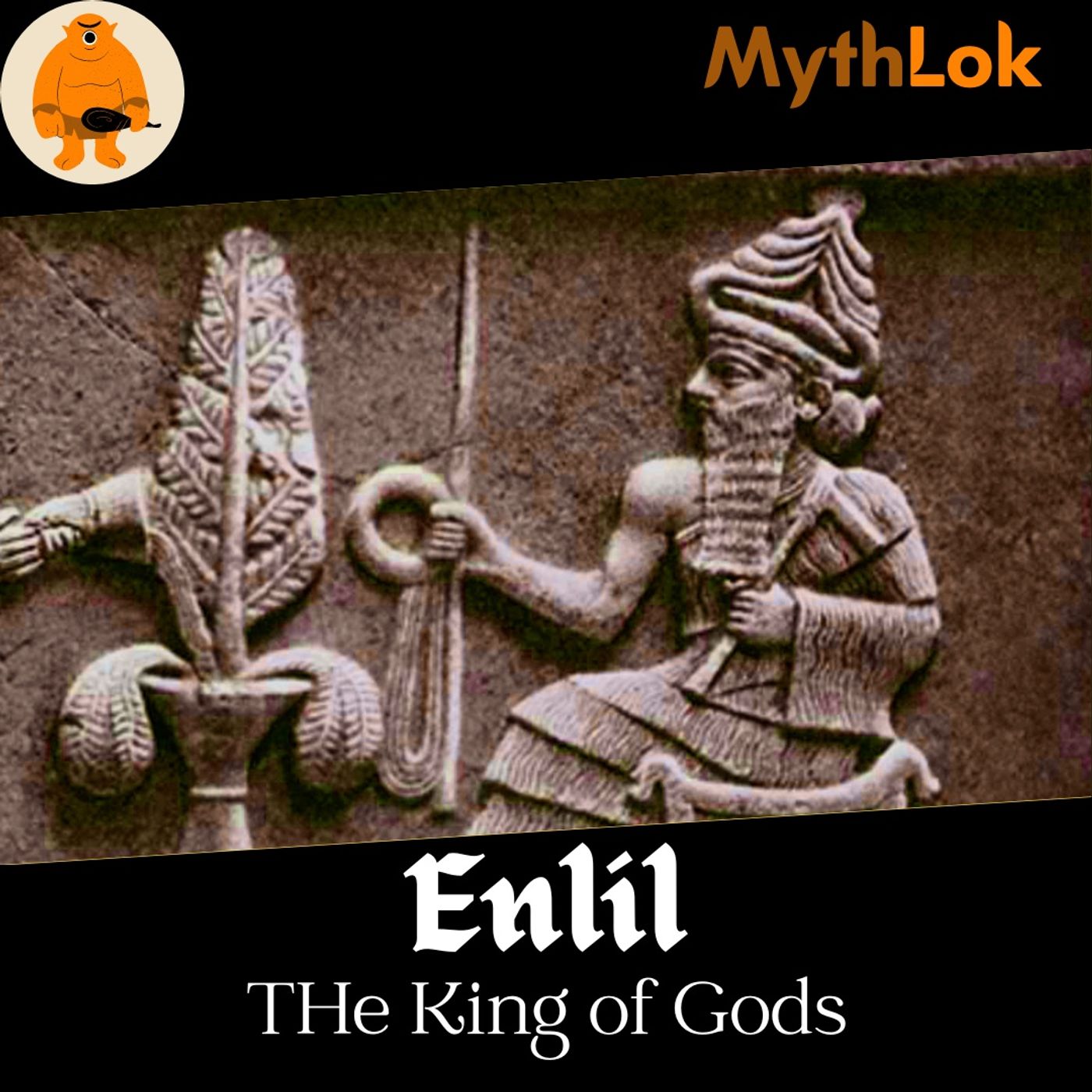
Mythlok - The Home of Mythology
History

The Mesopotamian god of the atmosphere, Enlil, is a part of the triad of gods that includes Ea and An. He was often referred to as Lord of the Air. The gentle winds of spring and the hurricane that hit the city were said to be the breath that Enlil used to issue his command or word. Although An was regarded as the highest god in the Sumerian hierarchy, Enlil was a more important figure. He was known for being the god of agriculture and was also the founder of Nippur. According to the myth of the creation of the hoe, Enlil separated Earth and heaven to make room for seeds.
Enlil created a tool known as the hoe, which broke the hard surface of the earth. Another myth states that he was imprisoned and eventually killed after he had impregnated Ninlil, a grain goddess. This story is related to the agricultural cycle, which revolves around winter inactivity, fertilization, and ripening. Marduk replaced Enlil as the head of the Babylonian Pantheon. Despite this, he was still regarded as the high god of the city of Nippur. He continued to be an important deity in the region until the 2nd millennium BC.
Enlil was depicted with a horned cap on a bearded person, which has seven superimposed ox-horns. This type of cap was regarded as a symbol of divinity, and it has been worn by various gods ever since the third millennium BC. The horned cap was consistent in its form and meaning throughout the Sumerian prehistory. It remained so until the time of the Persian Empire's conquest.
Read more at https://mythlok.com/enlil/
view more
Enlil created a tool known as the hoe, which broke the hard surface of the earth. Another myth states that he was imprisoned and eventually killed after he had impregnated Ninlil, a grain goddess. This story is related to the agricultural cycle, which revolves around winter inactivity, fertilization, and ripening. Marduk replaced Enlil as the head of the Babylonian Pantheon. Despite this, he was still regarded as the high god of the city of Nippur. He continued to be an important deity in the region until the 2nd millennium BC.
Enlil was depicted with a horned cap on a bearded person, which has seven superimposed ox-horns. This type of cap was regarded as a symbol of divinity, and it has been worn by various gods ever since the third millennium BC. The horned cap was consistent in its form and meaning throughout the Sumerian prehistory. It remained so until the time of the Persian Empire's conquest.
Read more at https://mythlok.com/enlil/
More Episodes
Arinnitti : The Sun Goddess
 2022-09-06
2022-09-06
 2022-09-06
2022-09-06
Kaiamunu : The Wicker Demon
 2022-09-05
2022-09-05
 2022-09-05
2022-09-05
Igaluk : The Moon God
 2022-09-02
2022-09-02
 2022-09-02
2022-09-02
Velinas : The God of the Dead
 2022-09-01
2022-09-01
 2022-09-01
2022-09-01
Black God : The Fire God
 2022-08-31
2022-08-31
 2022-08-31
2022-08-31
Hyang : The Unseen Spirit
 2022-08-30
2022-08-30
 2022-08-30
2022-08-30
Perun : The Thunder God
 2022-08-26
2022-08-26
 2022-08-26
2022-08-26
Karna : The Cursed Warrior
 2022-08-25
2022-08-25
 2022-08-25
2022-08-25
Kurunta : The Hunter God
 2022-08-24
2022-08-24
 2022-08-24
2022-08-24
Druk : The Thunder Dragon
 2022-08-19
2022-08-19
 2022-08-19
2022-08-19
Ammit : Devourer of the Dead
 2022-08-18
2022-08-18
 2022-08-18
2022-08-18
Venus : The Goddess of Love
 2022-08-16
2022-08-16
 2022-08-16
2022-08-16
Dronacharya : The Teacher
 2022-08-15
2022-08-15
 2022-08-15
2022-08-15
Seth : The God of Chaos
 2022-07-20
2022-07-20
 2022-07-20
2022-07-20
Doumu : The Heavenly Queen
 2022-07-05
2022-07-05
 2022-07-05
2022-07-05
Cyclops : The 1 Eyed Monster
 2022-07-04
2022-07-04
 2022-07-04
2022-07-04
Daikokuten : The God of Wealth
 2022-07-01
2022-07-01
 2022-07-01
2022-07-01
Pele : The Goddess of Fire
 2022-06-30
2022-06-30
 2022-06-30
2022-06-30
Fuzanglong : The Treasure Dragon
 2022-06-29
2022-06-29
 2022-06-29
2022-06-29
Jistu : The Trickster Rabbit
 2022-06-28
2022-06-28
 2022-06-28
2022-06-28
012345678910111213141516171819
Create your
podcast in
minutes
- Full-featured podcast site
- Unlimited storage and bandwidth
- Comprehensive podcast stats
- Distribute to Apple Podcasts, Spotify, and more
- Make money with your podcast
It is Free
- Privacy Policy
- Cookie Policy
- Terms of Use
- Consent Preferences
- Copyright © 2015-2024 Podbean.com





